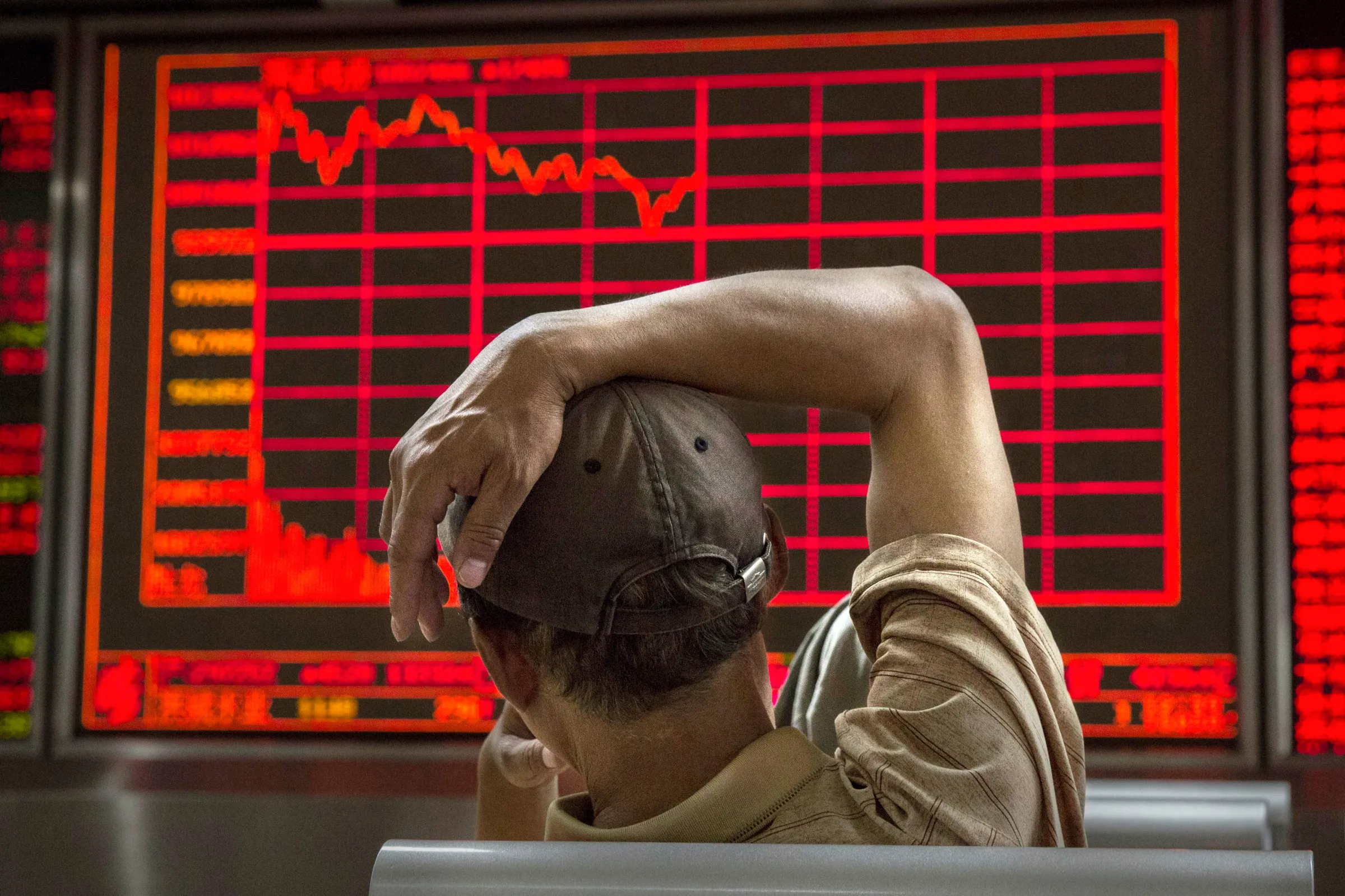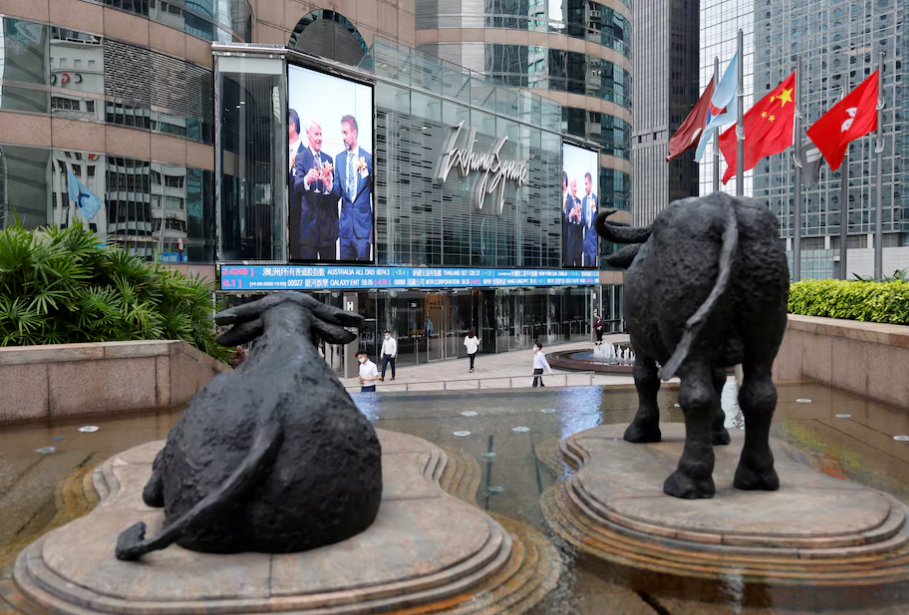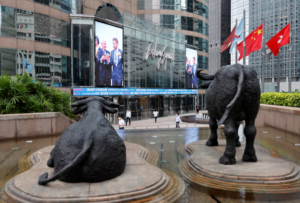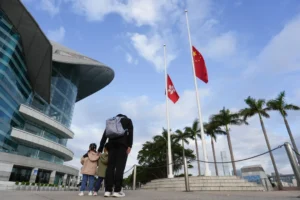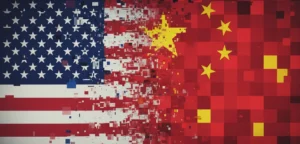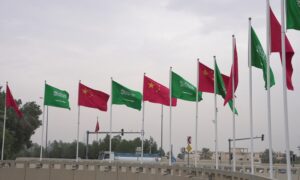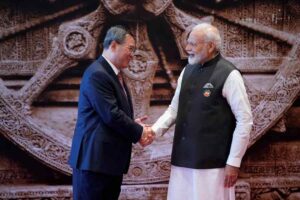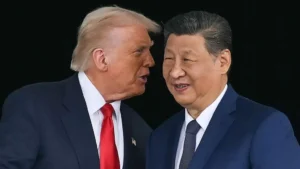China’s economic slowdown triggers urgent stimulus calls
China’s industrial output growth slowed to a five-month low in August, while retail sales and new home prices weakened further, bolstering the case for aggressive stimulus to shore up the economy and help it hit its annual growth target.
The sluggish data released on Saturday echoed soft bank lending figures on Friday, underscoring weak growth momentum of the $18.6 trillion economy, the world’s second-largest, in the third quarter. Industrial output in August expanded 4.5% year-on-year, slowing from the 5.1% pace in July and marking the slowest growth since March, data from the National Bureau of Statistics (NBS) showed on Saturday.
That missed expectations for 4.8% growth in a Reuters poll of 37 analysts. Retail sales, a key gauge of consumption, rose only 2.1% in August despite the summer travel peak, decelerating from a 2.7% increase in July. Analysts had expected retail sales, which have been anaemic this year, to grow 2.5%.
“The momentum is slowing down…The bottleneck remains domestic demand,” said Xing Zhaopeng, ANZ’s senior China strategist. China’s oil refinery output fell for a fifth month while crude steel output in August fell 6.1% from July, suggesting disappointing demand. Faltering Chinese economic activity has already prompted global brokerages to scale back their 2024 China growth forecasts to below the government’s official target of around 5%. The economy grew by 4.7% in the second quarter.
“The Q3 GDP is likely to be lower than Q2 based on current data flows. We expect large-scale stimulus to come soon,” said Xing. President Xi Jinping urged authorities on Thursday to strive to achieve the country’s annual economic and social development goals, state media reported, amid expectations that more steps are needed to bolster a flagging economic recovery.”As we are already toward the tail-end of the third quarter, time is running low for policymakers to introduce measures to buoy the economy amid numerous headwinds,” said Lynn Song, chief China economist at ING.
The protracted property slump has led to Chinese consumers cutting back on spending. Some experts have even proposed distributing shopping vouchers to counter the trend. Premier Li Qiang said last month the country will focus on stimulating consumption and look at measures to boost household income. A central bank official said last week China still has room to lower the amount of cash banks must hold as reserves while it faces some constraints in cutting interest rates.
NO PROPERTY SECTOR REBOUND
Fixed asset investment rose 3.4% in the first eight months of 2024 from the same period a year earlier, compared with an expected 3.5% expansion. It grew 3.6% in the January to July period. Liu Aihua, spokesperson of NBS, said at a press conference on Saturday that China’s economic operations remained stable, but high temperatures and natural disasters affected growth last month. Cash-strapped local governments issued bonds at a quicker pace in August for construction of major projects, with Liu saying the quickening bond issuance and policy initiatives will support investment growth.
However, the troubled property sector remains a major drag on growth. China’s new home prices fell at the fastest pace in more than nine years in August. Only two of 70 surveyed cities reported home prices gains both in monthly and annual terms in August. Property sales and investment slumped in the first eight months of the year. To aid the housing market, China may cut interest rates on over $5 trillion in outstanding mortgages as early as this month, according to Bloomberg News.
While Beijing has ramped up efforts to rescue the housing market, many analysts say much more aggressive steps are needed to help debt-laden developers and encourage would-be home buyers back to the market. Some other economic indicators released on Saturday too were unflattering. China’s nationwide survey-based jobless rate climbed to 5.3% in August from 5.2% in the previous month, the NBS said, adding that more college graduates entered the job market to hunt offers. The one bright spot for China recently has been exports, but analysts are not sure for how long the trend of rising exports will continue, given the increasing trade tensions with some countries and regions.
Zhiwei Zhang, chief economist at Pinpoint Asset Management, said investors will shift focus and wonder what will happen to growth in 2025.”Will the tight fiscal policy stance continue into next year, when global growth will likely slow down and put pressure on China’s exports?,” Zhang said. China’s economy slowed in August, with factory output, consumption, and investment all underperforming expectations. The jobless rate hit a six-month high, raising concerns about meeting the annual growth target. The broad slowdown has darkened the economic outlook, prompting calls for stronger policy measures as the year-end approaches.
Raymond Yeung, ANZ’s chief economist for Greater China, stated that August’s data essentially eliminates the possibility of achieving the 5% growth target for 2024 without a significant stimulus package. Home prices dropped at the fastest rate since 2014, indicating weak confidence and the risk of deflation. Despite multiple rate cuts, borrowing remains sluggish, reflecting poor consumer and business sentiment. This bleak data suggests that authorities need to take decisive action to revive growth. Lynn Song, ING’s chief economist for Greater China, noted that with the third quarter nearly over, time is running out for policymakers to implement measures to support the economy amid various challenges.
Before Saturday’s release, global banks like JP Morgan Chase already predicted China’s GDP would hit the lower end of Beijing’s target. Economists urged more action to avoid stagnation similar to Japan’s “lost decades.” The latest data underscores their concerns, showing even resilient sectors are slowing. Industrial output grew slower than expected, marking a four-month weakening streak, the longest since September 2021. This suggests the main economic drivers, exports, and government support, are losing momentum amid rising trade tensions.
ING’s Ms. Song noted that while external demand might hold up for a bit longer, incoming tariffs and slowing global momentum warrant caution. She highlighted that the auto sector could shift from a positive to a negative force, as car output dropped 2.3% in August year-on-year. State-driven investment has been slowing, but the private sector’s decline is more pronounced, with private investment falling 0.2% year-on-year from January to August, marking its first decline this year.
During a press conference, the National Bureau of Statistics highlighted the tough external environment and weak domestic demand. Spokesperson Liu Aihua pointed to new college graduates as a factor in the rise of urban unemployment in August. On Friday, the People’s Bank of China announced plans to intensify efforts against deflation and introduce new policies to boost the economy, a rare move alongside credit data release. A day earlier, President Xi Jinping urged officials to diligently implement current economic policies to meet annual development goals.
